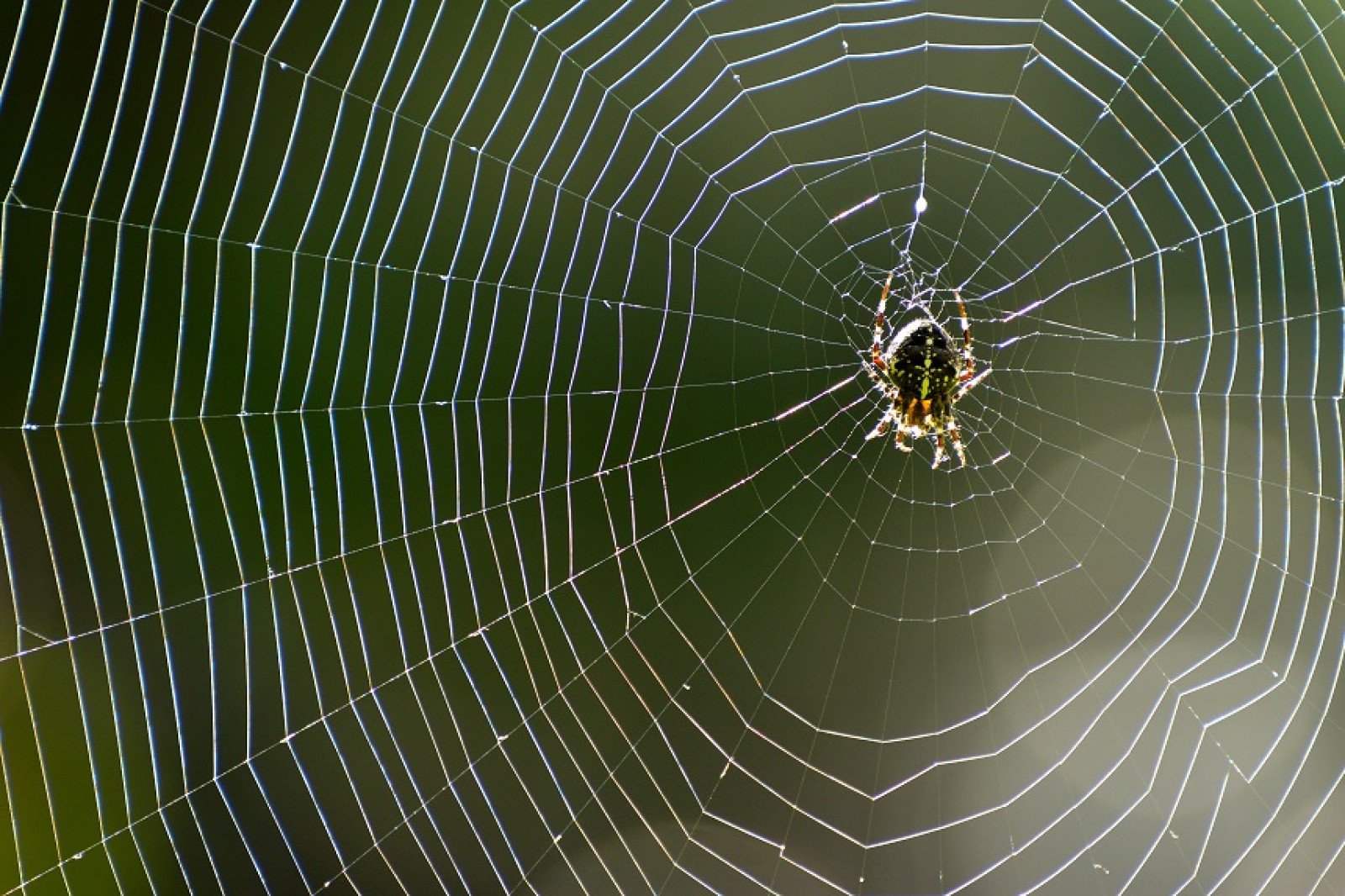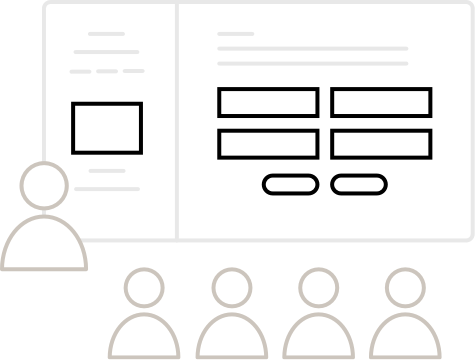Biomimicry and energy
Let’s discover how nature can inspire design to solve energy challenges.

Overview
Define biomimicry and learn how nature is leading us to a more energy efficient future. Explore examples of how Indigenous knowledge and traditional ways have integrated nature-inspired principles. Play an online game to discover how various species have inspired solutions and use critical thinking skills to study a species through a biomimetic lens.
Single screen mode
A single screen and laptop is used for watching the video and answering questions together as a class.
Before you begin, make sure:
- You’re connected to the internet
- You’re projecting your screen for the class to see

Need help with using quiz activities in the classroom?
Check out
our
Getting started guide.
Multi-player mode
Multi-player mode allows you to run the activity while your students participate (either individually or in small groups) on their own phones, tablets, or computers.
Before you begin, make sure:
- You and your students are all connected to the internet
- You’re projecting your screen for the class to see
Need help with using quiz activities in the classroom?
Check out
our
Getting started guide.
Instructions
What you'll need
- “Biomimicry and energy” slideshow
- "How a dog inspired Velcro and a bat inspired radar" video, start in 30 second mark
- Digital projector and screen
- "Biomimicry and energy" handout, one copy per student
- Pull up the “Biomimicry and energy” slideshow and start at slide 2 sharing a video to introduce students to the concept of biomimicry.
- At slides 3 to 6, share a definition and three essential elements of biomimicry as defined by the Biomimicry Institute. Discuss these concepts like regenerative designs help to rebuild systems; regenerative agriculture helps to rebuild soil and natural ecosystems.
- At slide 7, introduce the concept that biomimicry principles can be applied to help generate and use energy more sustainably.
- At slides 8 to 11, explore how traditional Indigenous knowledge has connected innovation with nature and provided many solutions.
- Slide 9: Share with students the "A wall worth building: Making clam habitat great again" video about rebuilding traditional clam gardens to encourage the growth of more and larger shellfish.
- Slide 10: Discuss the three sisters Indigenous food growing method, where the growing of corn, beans and squash together enhances nutritional benefits, creates a natural fertilizer, prevents erosion, reduces weeds and retains moisture.
- Slide 11: Consider how traditional farming techniques are being used to fight desertification in Burkina Faso by digging holes in the land, filling with crop waste to increase termite activity in the soil, and capture more moisture when the rains come.
- Bring up the quiz on this page. Play individually or as a class to see how different parts of nature have inspired design around energy saving solutions.
- Slide 13 provide students with the "Biomimicry and energy" handout. Ask students to explore a species of tree or animal to apply their findings to solve a challenge relating to energy conservation and efficiency.
Modify or extend this activity
- Have students present the findings of their biomimetic study to the class.
- Explore ways that biomimicry and Indigenous knowledge intersect with a development or research project.
- Invite an Indigenous speaker to share ways that traditional knowledge and science has helped communities adapt to energy challenges.
Curriculum Fit
Science 10
Content
- Local and global impacts of energy transformations from technologies
- Mechanisms for the diversity of life: natural selection and artificial selection
Curricular competencies
Questioning and predicting
- Demonstrate a sustained intellectual curiosity about a scientific topic or problem of personal interest
Processing and analyzing data and information
- Apply First Peoples perspectives and knowledge, other ways of knowing, and local knowledge as sources of information
Communicating
- Communicate scientific ideas, claims, information, and perhaps a suggested course of action, for a specific purpose and audience
Environmental Science 11
Big ideas and content
- Complex roles and relationships contribute to diversity of ecosystems
- Ecosystem complexity (relationships)
- First Peoples knowledge and other traditional ecological knowledge in sustaining biodiversity.
- First Peoples ways of knowing and doing
Science for Citizens 11
Big ideas and content
- Scientific processes and knowledge inform our decisions and impact our daily lives
- Scientific knowledge can be used to develop procedures, techniques, and technologies that have implications for places of employment
- Scientific understanding enables humans to respond and adapt to changes locally and globally
- Impact of technologies
- Beneficial scientific innovations
Science for Environmental Science 11 and Citizens 11
Curricular competencies
Questioning and predicting
- Demonstrate a sustained intellectual curiosity about a scientific topic or problem of personal, local, or global interest
Processing and analyzing data and information
- Apply First Peoples perspectives and knowledge, other ways of knowing, and local knowledge as sources of information
Applying and innovating
- Consider the role of scientists in innovation
Communicating
- Communicate scientific ideas and information, and perhaps a suggested course of action, for a specific purpose and audience
Assessments
- Assess students’ understanding of biomimicry, and how the study of nature can relate to design.
- Assess students’ ability to analyze, critically think and apply the principals of biomimicry.
Teaching Notes
Biomimicry
For more examples of biomimicry in action, and other teaching tools, check out the Biomimicry Institute and Innovation inspired by nature.
Wired has many episodes of Think like a tree, which explores many examples of biomimicry in action.
Braiding sweetgrass by Robin Wall Kimmerer provides further exploration into Indigenous knowledge and sustainability
Examples of other interesting species to explore include:
- Hummingbirds: they use energy so efficiently they can flap their wings between 50 and 200 times a second. One company has re-designed their wind turbines to mimic the hummingbird.
- Seaweed: in Australia, a company is mimicking seaweed to create energy from the motion of the waves.
- Fern leaves: they are inspiring energy storage design. Leaf structures were studied to develop a new type of electrode that claims it can boost the capacity of existing storage technologies by 3,000%.
BC Hydro produces clean renewable energy
BC Hydro uses the power of falling water to create clean, reliable electricity. BC Hydro has become a leading sustainable energy company by producing and delivering electricity, in environmentally and socially responsible ways. See also Fish and Wildlife Conservation Program for ways BC Hydro is sharing the resource.
We need to conserve electricity and increase efficiency with smart choices and technologies particularly as we move to a low carbon future in B.C., replacing the use of fossil fuels for heating and transport, with clean, renewable electricity.
Check out BC Hydro’s Environmental policy and Electrification plan.






